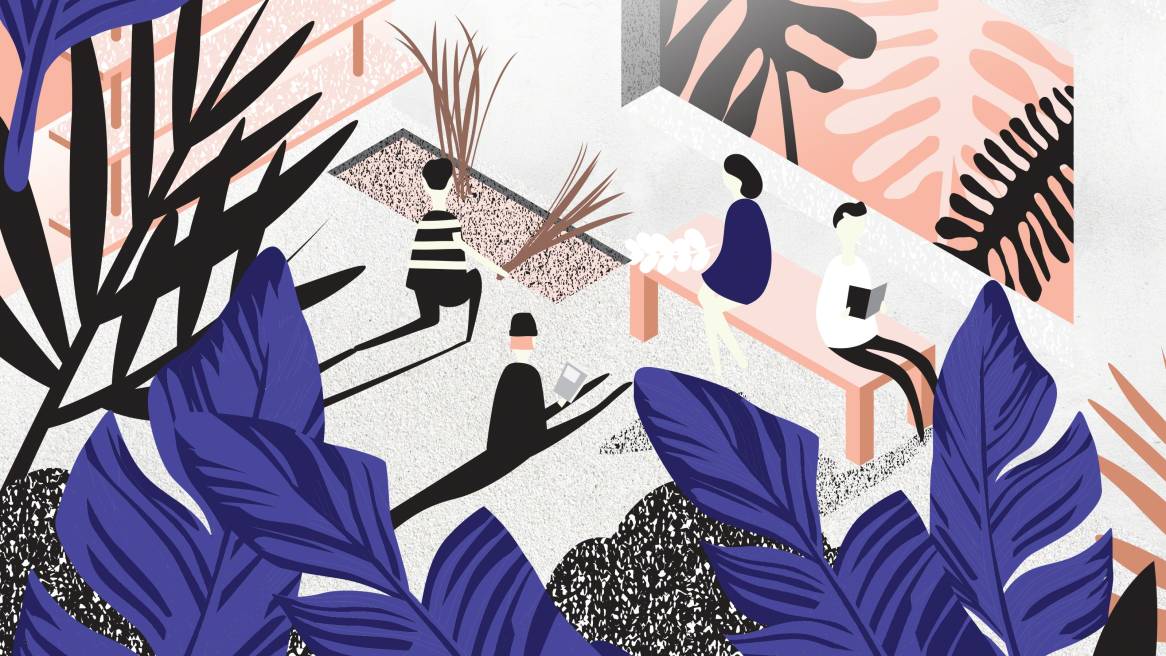Be Agile. Hack Your Space.
Learning Together
The project itself is guided by Agile principles. The teams using the space provide continuous feedback, fostering a participatory process as they help evolve the key attributes of the new design. The reciprocal learning and first-hand experience with Agile helps groups model new behaviors for others to observe and understand.
Before the experiment got started, the IT group worked with Steelcase Applied Research + Consulting (ARC), which connects customers to decades of Steelcase workplace research to help their organizations reach their goals. The ARC team guided brainstorming and model-making workshops in the initial stages of the project to engage IT employees at all levels who articulated goals for the new culture and space. As the prototype evolved, team members shared learnings with each other, leaders and designers in online communities and real-time town halls.
“Our prior space and furniture were fixed in place. There wasn’t much we could change without getting out a socket wrench or calling the facilities team,” said DeVries. “Now, we feel empowered to move furniture, change our seats, even borrow stuff to make our space better. Before, we used to just go do our work. Now, we think about how we’re doing it, the choices we’re making and their consequences.”
PROCESS DICTATES SPACE
As the teams moved into their new space, they discovered their process dictated their needs for this space. The more Agile-Focused they were, the more they needed the objects within their space to be able to be moved and be reconfigured. The Agile-Inspired teams found they needed the furniture to move less and the people doing the work to move more. They relied on a surrounding set of spaces to give people choice and control over how and where they would get their work done. In both cases, the space and the work processes were integral to each other.
NEXT CHAPTER — Designing for Agile
PREVIOUS CHAPTER — Empower Teams


